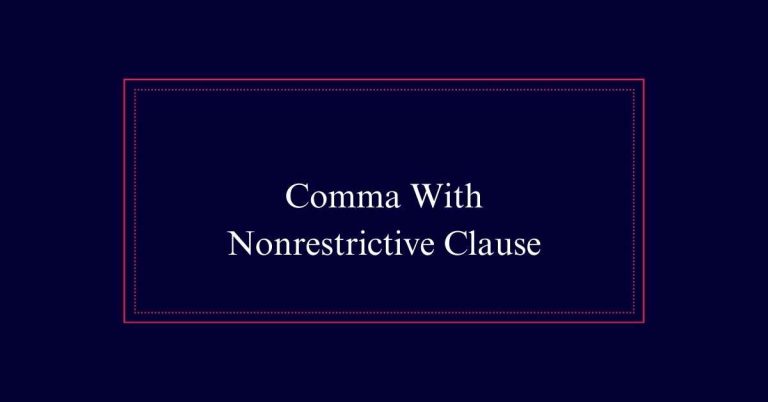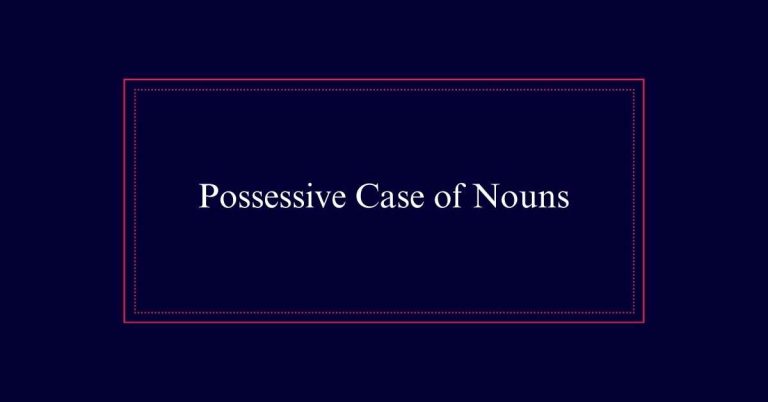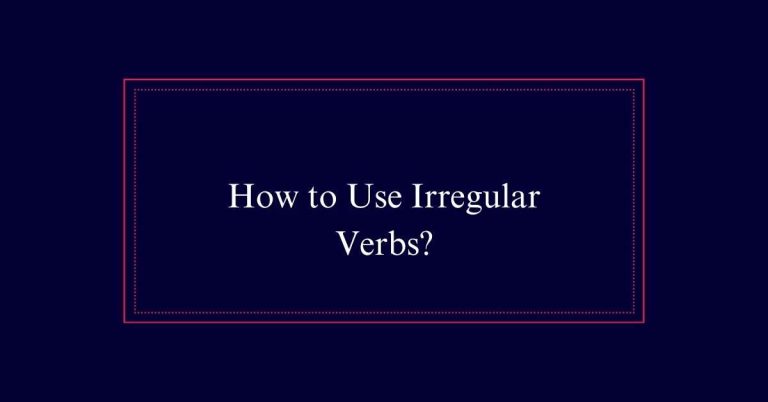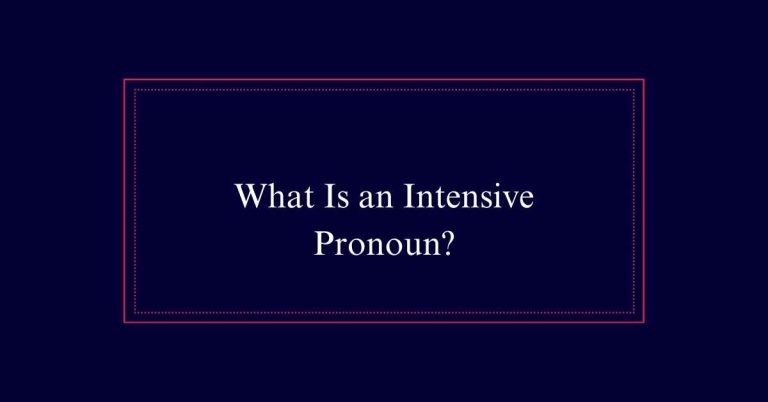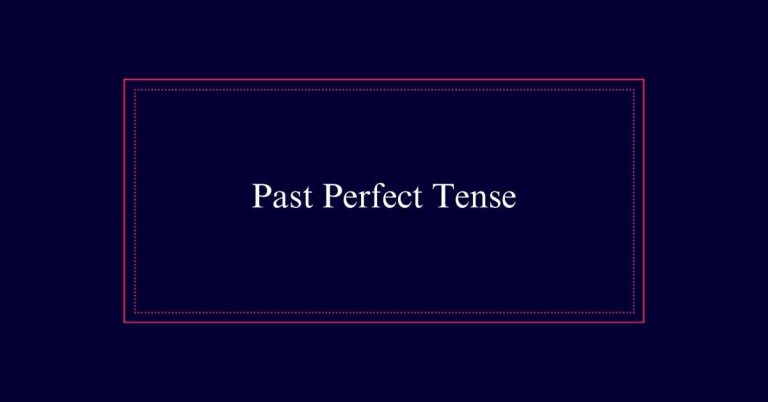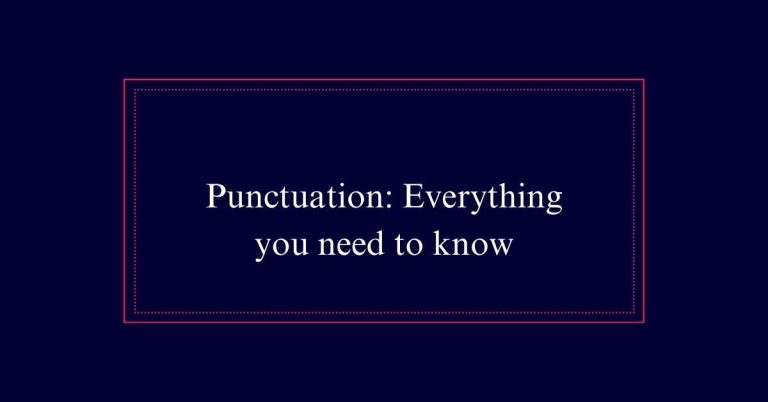Indefinite Articles: A and An
The indefinite articles ‘a’ and ‘an’ are used in English to refer to non-specific items. Use ‘a’ before words that begin with a consonant sound, such as ‘a book’ or ‘a university.’ Use ‘an’ before words that begin with a vowel sound or a silent ‘h,’ such as ‘an apple’ or ‘an hour.’
Understanding Indefinite Articles
Understanding indefinite articles is crucial for achieving clarity and precision in English writing.
The two indefinite articles in English are ‘a’ and ‘an’. ‘A’ is used before words that start with a consonant sound, while ‘an’ is used before words that start with a vowel sound.
For example, we say ‘a book’ and ‘an apple’. This rule helps guarantee correct pronunciation and smooth reading.
There is an exception with the ‘S’ sound, where ‘an’ is used before words starting with an ‘S’ sound, like ‘an S.O.W. member’. This exception highlights how pronunciation influences article choice.
When to Use ‘A’
‘A’ is used before words that begin with a consonant sound. This includes all letters that produce consonant sounds, such as ‘b’, ‘c’, ‘d’, and so on. For example, we say ‘a book,’ ‘a car,’ and ‘a dog.’
The rule also applies to words that start with a consonant sound, regardless of their spelling. For instance, ‘a university’ uses ‘a’ because ‘university’ starts with a ‘y’ sound.
When to Use ‘An’
An indefinite article, ‘an’, is used before words that begin with a vowel sound to guarantee smooth and clear pronunciation. This rule applies to words starting with the vowels ‘a’, ‘e’, ‘i’, ‘o’, and ‘u’, such as ‘an apple’, ‘an elephant’, ‘an idea’, ‘an orange’, and ‘an umbrella’.
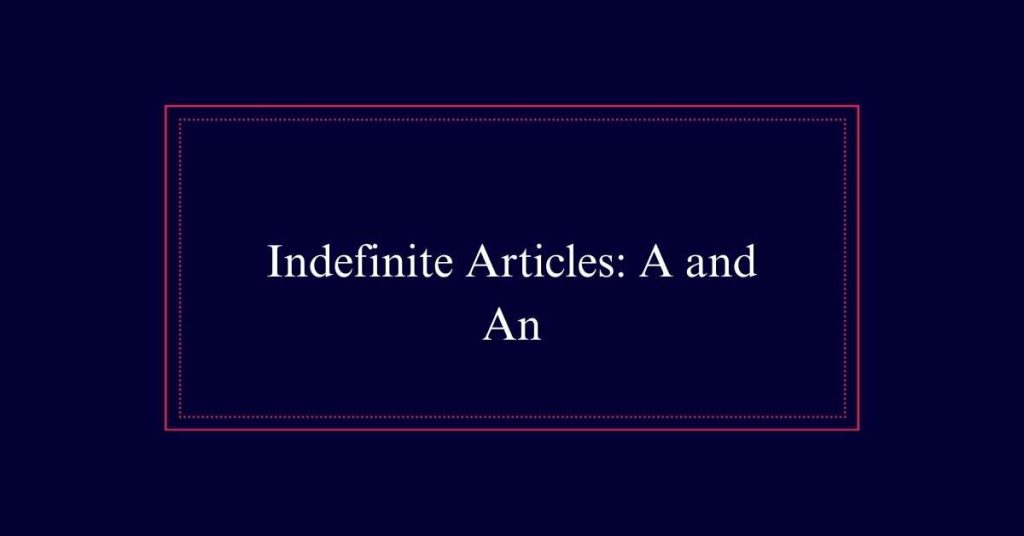
Additionally, ‘an’ is used before words that start with a silent ‘h’, such as ‘an hour’ or ‘an honor’. It also applies to words starting with a vowel sound even if the letter is a consonant, like ‘an MBA’ or ‘an S.O.W. member’.
Pronunciation and Clarity
Proper pronunciation is essential for ensuring clear and effective communication. The correct use of ‘a’ and ‘an’ aids in maintaining natural speech flow. ‘A’ is used before words beginning with consonant sounds, while ‘an’ precedes words starting with vowel sounds. This distinction helps avoid awkward pauses and fosters smoother speech.
For instance, ‘a university’ is correct because ‘university’ starts with a ‘y’ sound, which is a consonant. Conversely, ‘an hour’ is correct because ‘hour’ starts with a silent ‘h’ and a vowel sound. Proper selection of indefinite articles enhances clarity, ensuring the listener easily understands the speaker.
Common Usage Examples
Many everyday situations call for the accurate use of indefinite articles to guarantee smooth communication. For example, when describing objects or people, saying ‘a cat’ or ‘an apple’ secures clarity.
Using ‘a’ before words starting with consonant sounds, like ‘a book,’ and ‘an’ before words starting with vowel sounds, like ‘an elephant,’ helps listeners understand you easily. These simple rules apply to both spoken and written English, aiding in fluency and comprehension.
Additionally, phrases like ‘a university’ (where ‘u’ sounds like ‘you’) and ‘an hour’ (where ‘h’ is silent) follow these principles, further demonstrating their importance.
Special Cases With ‘S’ Sound
In certain instances, the ‘S’ sound can be treated as a vowel sound when determining the appropriate indefinite article. This occurs when the ‘S’ sound is pronounced as ‘ess.’ For example, consider the term ‘S.O.W. member.’
While ‘S’ is a consonant, the pronunciation starts with an ‘ess’ sound, which is a vowel sound. Thus, it is correct to use ‘an’ before it, as in ‘an S.O.W. member.’
This rule helps maintain smooth pronunciation and clarity in speech. Such special cases highlight the importance of listening to how a word begins phonetically, rather than relying solely on its initial letter.
Why Pronunciation Matters
Pronunciation plays an essential role in determining the correct use of indefinite articles. The choice between ‘a’ and ‘an’ depends on the initial sound of the following word, not just the letter it starts with. This guarantees smooth and clear speech.
For example:
- ‘An hour’ – The ‘h’ is silent, so the word begins with a vowel sound.
- ‘A university’ – Despite starting with a vowel letter, it begins with a ‘y’ consonant sound.
- ‘An S.O.W. member’ – The letter ‘S’ is pronounced ‘ess’, which starts with a vowel sound.
Enhancing Language Precision
Enhancing language precision involves not only using grammar tools but also understanding the nuances of article usage and sentence structure. Knowing when to use ‘a’ and ‘an’ can greatly improve writing clarity. For instance, ‘a’ precedes consonant sounds, while ‘an’ comes before vowel sounds. However, exceptions exist, such as using ‘an’ before an ‘S’ sound that mimics a vowel, like in ‘an S.O.W. member’.
| Word Start Sound | Correct Article | Example |
|---|---|---|
| Consonant | a | a book |
| Vowel | an | an apple |
| S (vowel sound) | an | an S.O.W. member |
| S (consonant) | a | a snake |

